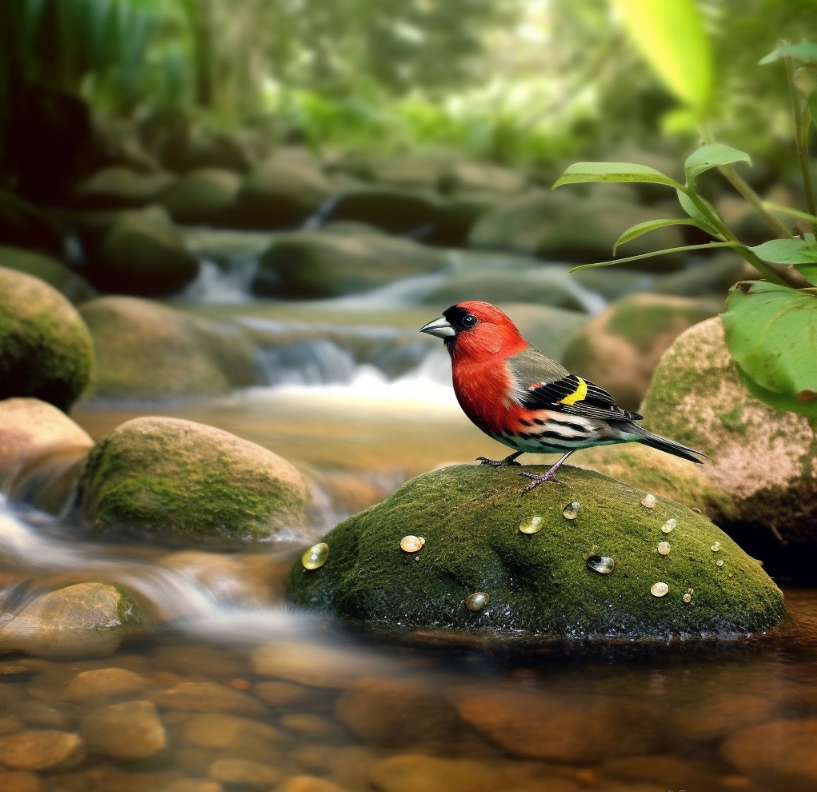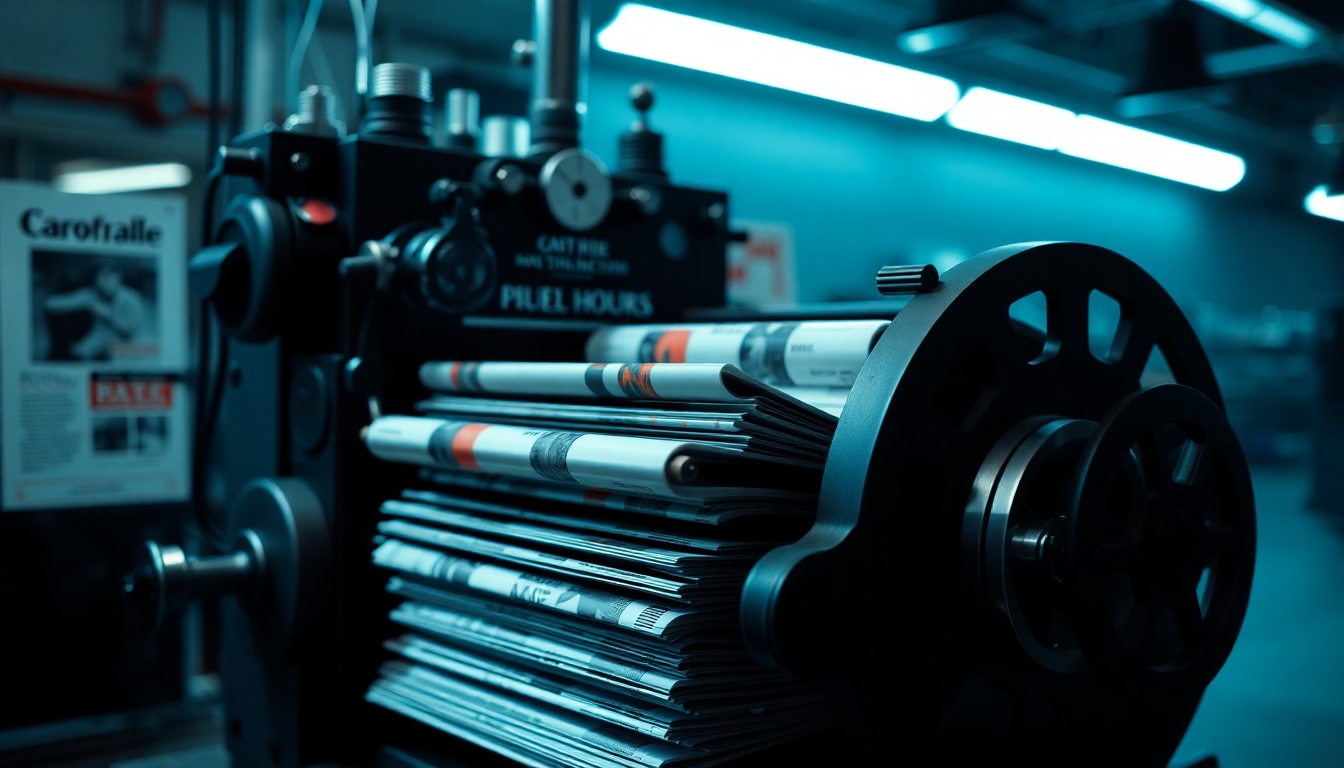My friend Paul Gerbino (of Triumvirate Content Consultants) promotes the idea of thinking of content as water, by which he means it will take the shape of whatever type of container you put it in, and needs to flow into lots of different nooks and crannies.
I like that image. Content should be created with the understanding that it will be repurposed and reused in different settings, but I would adjust the metaphor slightly because as content flows into different areas, it needs to adapt.
I think it’s more like Darwin’s famous finches. One type of finch shows up in a new environment, and eventually, it morphs into 20 different types of finch, because it’s adapted to different ecological niches. Darwin saw changes in beak size and shape that varied according to the bird’s habitat and diet. One beak shape was good for probing flowers, while another was good for cracking seeds.
In the same way, an article might need to adjust as it moves from one publishing format to another.
An article in an e-newsletter won’t be precisely the same as the article on the website.
The changes are particularly noteworthy when an article moves across mediums, such as from digital to audio to video to print. An html article can have a link and an image, but there are no links or images when you read it in a podcast.
The video version can explain things visually and make some of the text unnecessary.
A magazine might have a two-page chart – or even a fold-out chart – that’s hard to reproduce on a web page.
I met a Chinese man who gave me a fantastic book about a famous Chinese myth. The book had different weights and textures of paper. Some of the illustrations folded out, and some of them folded several times. It would be almost impossible to recreate that book as an ebook without substantial re-imagining.
In a similar way, some children’s books use texture and other physical features to explain a concept.
In short, when content flows into a different medium, it needs to take on – and optimize – the characteristics of that medium. There are things you can do in a magazine that you can’t do in a podcast, and vice versa.
That raises the big question. Is it possible to create a master document that can flow into multiple mediums in such a way that it takes full advantage of each medium?
I don’t think we’re there yet. Rather, we need creative people who can take content from one medium and maximize its value in another medium.
If you appreciate articles like this, be sure to sign up for The Krehbiel Letter, a once-monthly, 4-page letter for publishers.




